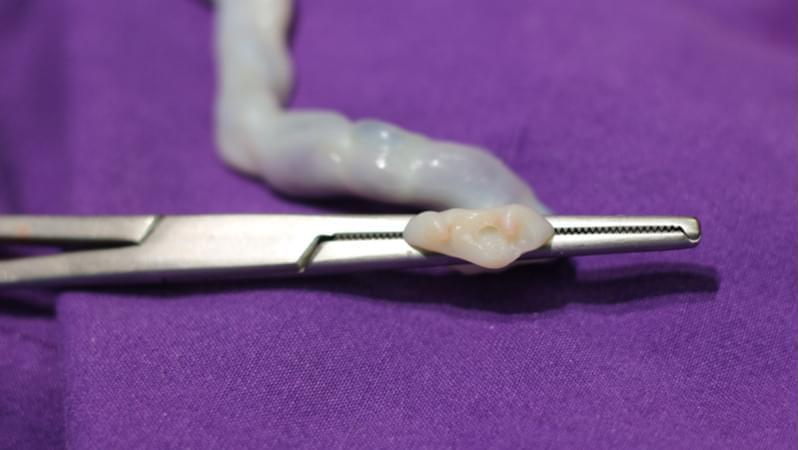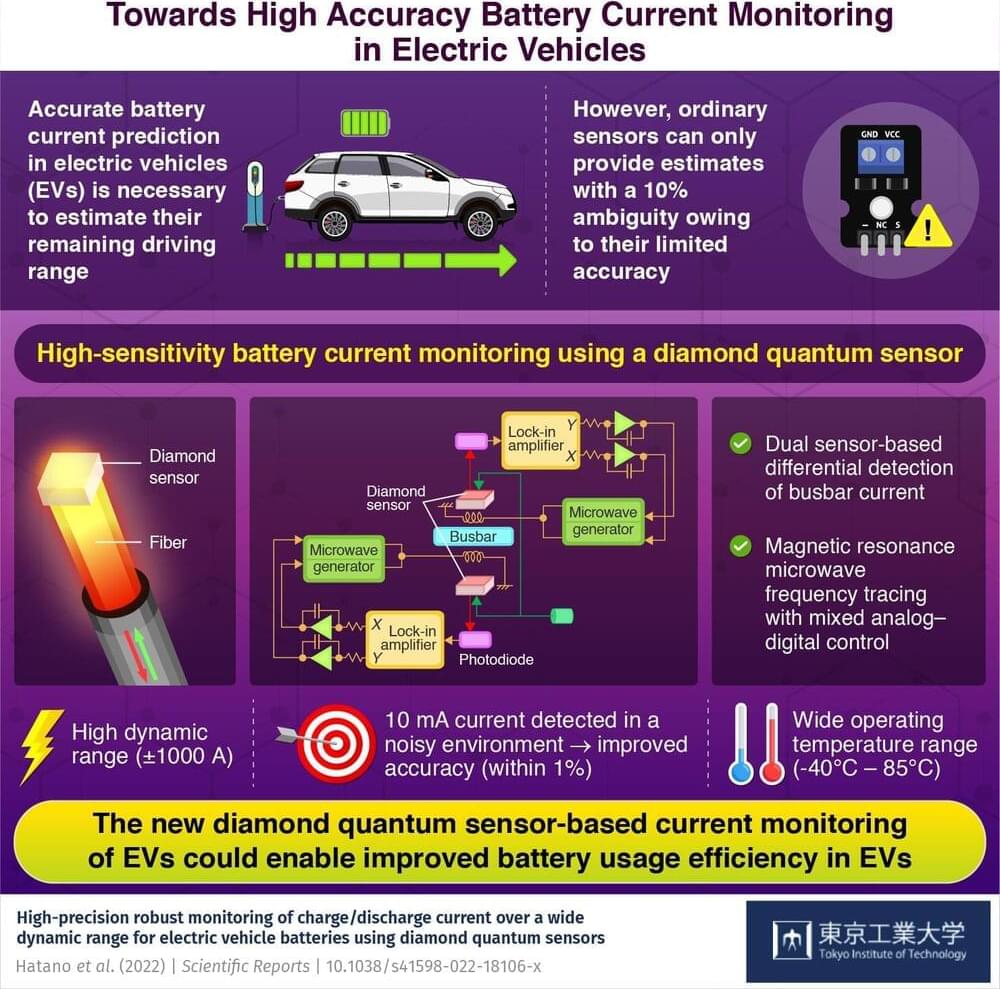This video is episode two from the series “Examining the Big Questions of Time”.
Stream the full series now on Wondrium http://www.Wondrium.com/YouTube.
Just a few decades ago, scientists were absolute in their determination that time began with the Big Bang. But that’s all been turned on its head with the rise of string theory and other fascinating developments in theoretical physics. Learn how those advances brought the pre-Bang universe to the forefront of cosmology.
00:00 Was the Big Bang Really the Beginning of Time?
04:18 Cosmic Microwave Background Radiation.
07:22 Is Relativity Theory Always Valid?
09:06 Origins of String Theory.
13:51 Quantum Strings Introduce Dualities.
17:41 Why Can’t We Perceive All Dimensions of Space?
21:53 New Big Bang Theories and Controversy.
25:37 Observable Consequences of a Pre-Bang Epoch.
Welcome to Wondrium on YouTube.
Here, you can enjoy a carefully curated selection of educational videos from our library of history and science series.







